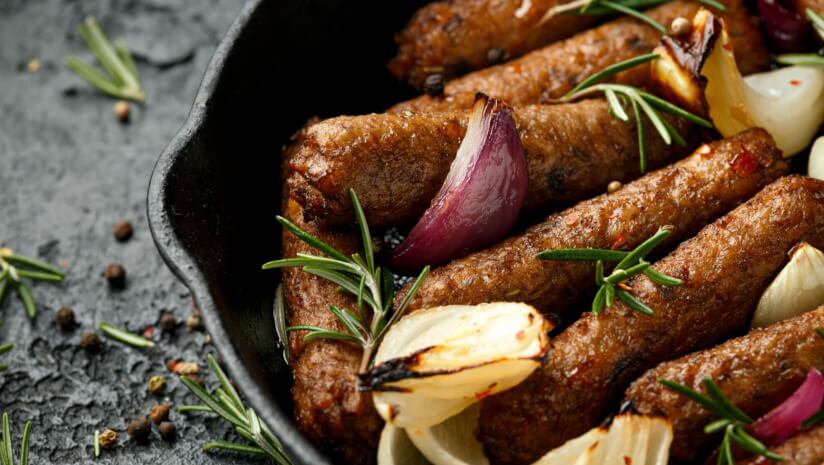Dipping sales in the fresh meat case, which account for 40% of alternative meat sales, is attributed to the stiff competition these products face against fresh meat, Chris Dubois, executive vice president, Circana, told FoodNavigator-USA. Data points to frozen has a viable opportunity for alternative meats, with 70% of frozen accounting for sales in the category.
“The fresh case is probably … the hardest category or department to compete in for any item. The turnover is so fast … they are going to redo the case [by the end of the day]. It does not happen that way in many other categories. It is like … competing in the Olympics in the sense that your product … has to be really good,” Dubois explained.
In 2020, meat alternatives sales reached $1.3 billion and experienced three years of declines, with a $4.20 price gap above total meat, according to Circana data. Since 2020 the available brands of in-market meat alternatives dropped 28% from 116 brands to 83 brands year-to-date 2024. However, current $1.1 billion sales show promise as these figures are higher than pre-pandemic dollar sales, the report stated.
A closer look at the data also shows that meat alternative purchases are often included with foods from the perimeter of the store, most notably fresh fruits, snacking and salad vegetables, fresh salads and leafy greens, fresh cooking vegetables, along with salty snacks and milk.
Frozen highlights the convenience factor for consumers who are not likely to eat alternative meat daily
On the other hand, frozen provides consumers with shelf stability as many people are not going to eat these items every day, he pointed out.
“Frozen tends to work well as something that you put in your freezer and come back to. It could be on a somewhat regular basis, could be once a week or twice a week … but it is not every day,” Dubois added.
Heritage brands like MorningStar and Boca Burgers, which debuted in frozen, have familiarized consumers with finding alternative meats in the frozen aisle, he said.
Brands like Daring, Abbot’s, Meati and Beyond are still delivering dollar growth at $1.5 million, $2.0 million, $2.7 million and $10.2 million, respectively, according to Circana.
Further, format innovations like plant-based meat tips or crumbles provide consumers with convenient options in resealable packaging, Dubois said.
Although frozen is preferred, 29% of meat alternative buyers have purchased both frozen and fresh products, Circana reported. Frozen plant-based chicken and turkey patties are seeing 6.9% and 3.5% volume growth, respectively, within the last four years, which can be attributed to the healthy halo perception in their conventional counterparts, DuBois said.
The three plant-based alternative segments — meat, seafood and dairy — struggled across store in recent years, according to Circana. In the last four years, the overall category grew at a 3% compound annual growth rate (CAGR). Specifically, dairy alternatives grew at 5% CAGR and seafood alternatives grew at 7% CAGR, while meat alternatives fell 2% CAGR.
Upper income millennial and Gen X consumers are more keen to purchasing plant-based meats as at-home cooking serves as an opportunity to improve their skills and explore different flavors.
For brands, identifying the habits of repeat customers will provide valuable insights to keeping these consumers engaged through trending flavors, pack sizes and recipes.
Simple ingredient decks and co-branded products may help close the buying gap
With the higher price gap of meat alternatives, brands should highlight value for consumers around taste experience, convenience, form and nutritional profile, Dubois said.
A simpler label can also help close the buying gap, especially as concerns about ultra-processed foods and possible links to health remain on consumers’ minds, he added.
More co-branded products will provide consumers with different formats “that drive the premium price,” while simultaneously “reward consumers with something that is kind of different,” Dubois said.




